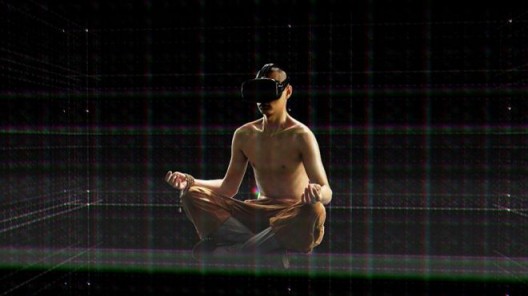When was it exactly that in the popular imagination women became more into horses than men were? Stereotype has it that teenage girls like nothing more than horses, while boys help their dads pimp their rides instead. History is, of course, littered with powerful men on horseback—not only in the West, for the number of horse sculptures in China is also staggering. Meanwhile, in contemporary art, many clients still seem to hanker after their own horse sculpture for the front lawn.
One cannot help but wonder if the gender shift in this love of horses so readily noticeable in the West has not completely transpired in Asia yet—and what implications this might have for the automotive industry. In the West, of course, the horse had made way for horsepower a long, long time ago. Many men love their wheels more than their other toys: after all, what is one horse when you can have the power of over 500?
BMW’s latest art car, a M6 GT3 in carbon black sporting a whopping 585 hp, is spectacular at first sight. You really want to be inside, feel the vibration, hear the roar, and take her for a few laps. Surprisingly, though, there is little sign of art in and on the curved chassis—so what is going on?
Alright, hold your horses. The first BMW art car was designed in 1975 by Alexander Calder and commissioned by Hervé Poulin, a racecar driver and auctioneer. The intervening 42 years are nothing when compared to the millennial tradition of horse sculptures in the East and West. Might this lack of history explain why very famous artists have transformed perfectly fine cars into artworks in less-than-convincing ways? And that in plain sight of audiences much larger than what they are normally used to in the art world? BMW art cars rarely radiate that iconicity artists are usually capable of—though one can also retort that the vast majority of contemporary horse sculptures are even worse (with the exceptions being Maurizio Cattelan and Berlinde de Bruyckere).
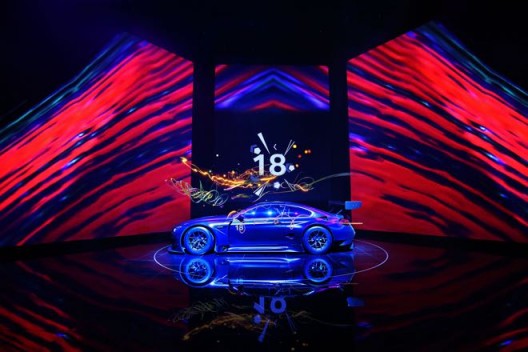
World Premiere BMW Art Car #18 by Cao Fei, Minsheng Art Museum, Beijing, 31 May 2017.© BMW AG
曹斐设计的第18辆宝马艺术汽车全球首发,北京民生现代美术馆,2017年5月31日(版权归宝马汽车公司所有)
One art car did stand out—though it was at the expense of its functioning as a car—and that was Olafur Eliasson’s frozen vehicle. Eliasson took apart the body of the car to turn its chassis into something like the insides of a refrigerator, which completely freezes over the “car” and transforms it into a “racy” lump of ice. Fraught with references to climate change, mobility, and so forth, it was a stroke of genius out of an artist’s oeuvre that mostly bores for its steady review of retro-technologies (utterly out of touch with the pervasive impact of the digital revolution).
Then enters Cao Fei. Being only the third woman (and the first Chinese artist) to design a BMW art car, she performed a leap in understanding not only what a “car” will henceforth be (or “art” for that matter). She understood that driving in the future will be about partaking in a system guided not only by traffic rules or road conditions, but rather by being immersed into another level of invisible and yet ever more tangible reality guiding us through traffic and life. Computers are taking over the driver’s seat and this reality is no longer just “virtual”. The time is coming when “autonomous” driving no longer means “I have a car and I can damn well drive wherever I want”, but quite the opposite; all decisions in the driving process are at least monitored if not performed by the automotive system we have entered.
Cao Fei’s art car offers charming glimpses of that future. She presents us with a sense of what will happen beyond what we might experience in a car today. Upon downloading a smartphone app, one can experience a visualization of an aura surrounding the car at all times, imparting it with a techno-spiritual sheen designed to mediate the cultural shifts at present. In other words, her speedy virtual aura surrounding her art car is just the precursor of what’s to become all our driving future: we will be driven by computers.
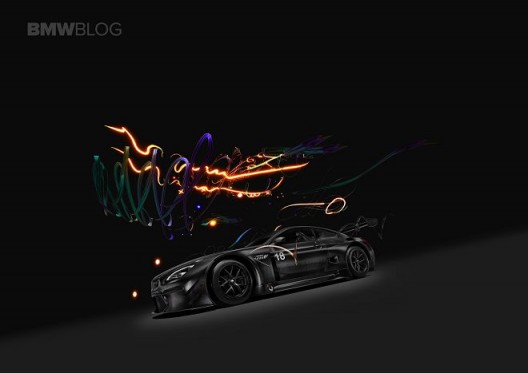
BMW Art Car #18 by Cao Fei: Augmented Reality still (detail). BMW Art Car based on the BMW M6 GT3. © BMW AG and Cao Fei Studio
曹斐设计的第18辆宝马艺术汽车:增强现实,截图(局部),在宝马M6 GT3基础上打造的宝马艺术汽车,(版权归宝马和曹斐工作室所有)
An accompanying film shows the journey of a traditional Chinese monk from the rural hinterland of the Middle Kingdom to automotive reality in high gear. In that sense, the work by Cao Fei is hardly prophetic; it states the obvious—which is important enough, considering Eliasson’s failure to do so.
Little is known about Cao Fei’s interest in horses. What became public knowledge, however, is that she doesn’t have a driver’s license. Soon enough, when cars become truly “autonomous”, she will not even need one.
Self-driving cars, when they do finally arrive in the mainstream, are bound to upturn society. Aside from making taxi and truck drivers redundant, pundits and writers have hazarded dramatic future shifts in notions of car ownership (car service ordered like an app rather than owned) or even the shape of cars (removal of constraints like steering wheels and more driven by fashion, perhaps). What all this means culturally speaking, however, is not that easy to grasp. If women conquer the domain of the car after its consummation by computers, stripping the car bare of its testosterone-driven cultural significance (as stereotypically coded), then…?
What does come to mind is Marcel Duchamp’s last ready-made, which is comprised of the license plate from Teeny Duchamp’s 1960s Volkswagen Beetle. In full consciousness of the wrong comparison (the wrong car company to begin with), it is nonetheless stunning to see how Duchamp already had a view of cars very different from the image car companies were trying to sell. One of his word plays was: Teeny est partie avec sa Faux-Vagin.” [Teeny's left with her Fake-Vagina”] Again, it’s the wrong car company, but for the Francophone Duchamp, Volkswagen sounded like a fake vagina.
However “horses” or “cars” in the past or present have been culturally coded, this is all set to be transformed. It is unclear if Cao Fei is really aware of this—or anybody else for that matter. But one day, the way we view cars will seem as quaint as dressage.

![Marcel Duchamp, Faux-Vagin [false Vagina], 1962-63
马塞尔·杜尚,《假阴道》,1962-63](https://www.randian-online.com/wp-content/uploads/2017/06/03_big-245x143.jpg)
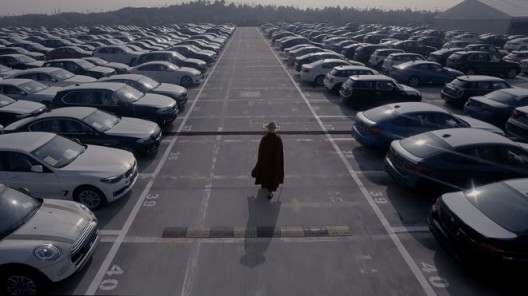
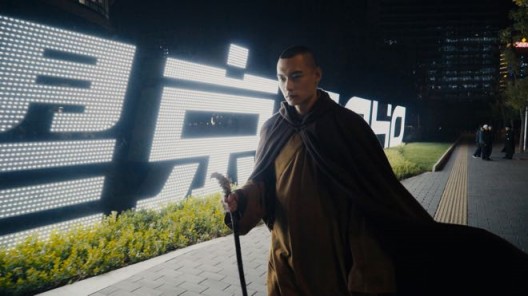

![Marcel Duchamp, Faux-Vagin [false Vagina], 1962-63 马塞尔·杜尚,《假阴道》,1962-63](https://www.randian-online.com/wp-content/uploads/2017/06/03_big-528x114.jpg)
